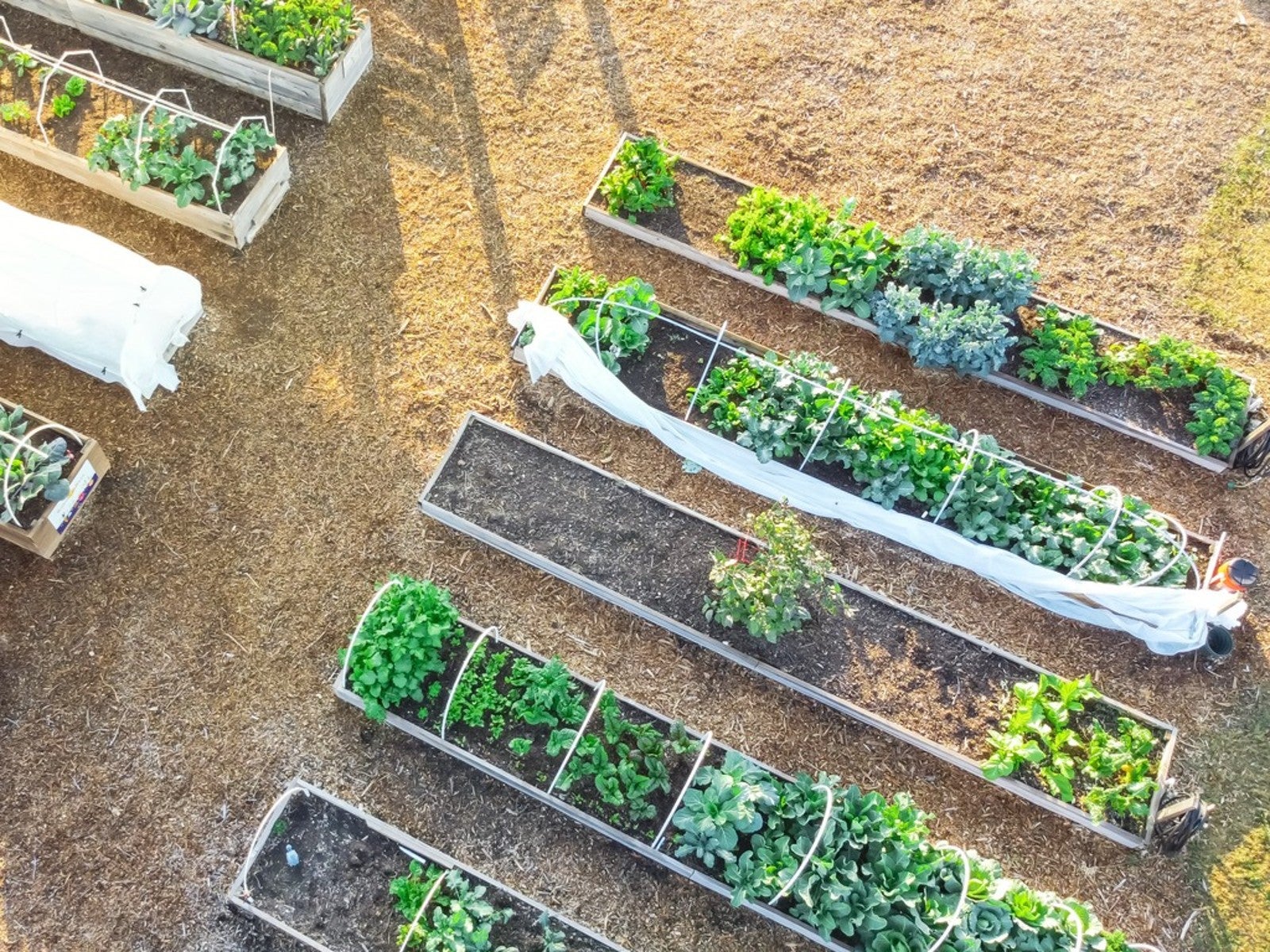Community Garden Types – Planning Plots With A Purpose


Community gardens take on many forms and serve as social, societal, learning and recreational spaces where participants can grow food and other plants. Usually, a plot of land is donated or rented and developed to serve the residents of the area. A community garden layout should present functionality, appearance, and maintenance aspects in a holistic connection with the participants. The design of such a space should first start with an understanding of its purpose, and a conversation with members of the neighborhood.
Community Garden Plans
Community garden design ideas may be initiated for a variety of purposes. They may serve as spaces for people with little to no gardening space at home. A community garden can be a place to grow vegetables for a local food pantry or a community that’s situated in a food desert. It can be a locale for recreation and exercise, a source of much needed food, a haven for pollinators or simply a site that needs beautifying.
The purpose will be discussed with the stakeholders in the project before development. Their input will reflect their wishes and desires for the community. Community garden designs are often led by landscape designers, horticulturists, educators, social groups, garden clubs or other organizations. They may take shape as a result of group discussions, available skills, and materials.
Types of Community Gardens
The types of community garden plans are diverse. Here are 5 common kinds of community gardens.
- Neighborhood gardens, where a parcel of land is divided into individual plots for neighbors to produce their own food, flowers, and herbs. Community garden plot ideas in neighborhoods can range from vacant lots to parks, yards and inner city spaces.
- Residential gardens, which are common in assisted living facilities, retirement communities, or other housing units.
- Institutional gardens that are overseen by churches, government-run groups, universities, hospitals, veterans’ centers and other organizations.
- Demonstration gardens where local residents can learn about garden related techniques and ideas that are often specific to their geographical region.
- School gardens, which are teaching sites run by teaching staff and community and student volunteers.
Community Garden Design Ideas
One way to organize a community garden is in plots. Most often equipped with raised garden beds, the garden is divided into spaces set aside for each participant. Here they can grow their own produce, flowers, and other plants. A nominal plot rental fee goes toward water, soil, compost and fertilizer.
Another way to organize the site is as a cooperative garden. Here, participants work as a group to develop the land and grow plants. These are often designated as “sharing gardens” where volunteers do the gardening work and share in the harvest.
Youth gardens are typically organized in a manner that is useful as an outdoor laboratory. Students are guided in the planting, nurturing and harvesting, while learning about the cycles of gardening, pollination, soil maintenance and gardening ethics. Court-ordered community service is often accomplished by youths through work in a community garden.
Sign up for the Gardening Know How newsletter today and receive a free copy of our e-book "How to Grow Delicious Tomatoes".
Entrepreneurial gardens teach participants how to garden for a profit and the details involved in selling the goods grown. Some 4-H gardens are structured for the purpose of teaching the entire process, from seed to market.
Therapeutic gardens, such as those in residential housing situations will be set up according to residents’ needs. They may focus on serving the elderly, blind, or those with physical or mental challenges. These often provide sensory stimulation and an experience of nature that people might not otherwise have. Such spaces need stable paths, frequent seating, raised beds and other amenities.
Finally, many community gardens are springing up that provide free produce to communities with few resources. These often have educational components and are managed by volunteers, with the goal of feeding as many people as possible, sometimes through food banks or food pantries.
Starting a Community Garden
One of the first steps in beginning such an endeavor is to structure a support team. This may be a president and coordinating staff, a board, or simply an informal group of participants who will debate and vote on items. These people will identify resources, apply for grants, scout for donors and volunteers, and ultimately decide on the way the garden will be structured.
These founding groups are also tasked with getting word out about the space through flyers, word of mouth, community presentations and other forms of advertising. Dividing the group into sub-committees allows it to function efficiently, each committee focusing on some aspect of the overall plan. Committees might include those that handle site location, ensuring a water supply, acquiring materials through donations, performing outreach, coordinating volunteers and fundraising.
Once these basics have been set into motion, the garden’s design will follow the needs and conditions of the project, with a focus on the targeted purpose for the garden.

Bonnie Grant is a professional landscaper with a Certification in Urban Gardening. She has been gardening and writing for 15 years. A former professional chef, she has a passion for edible landscaping.